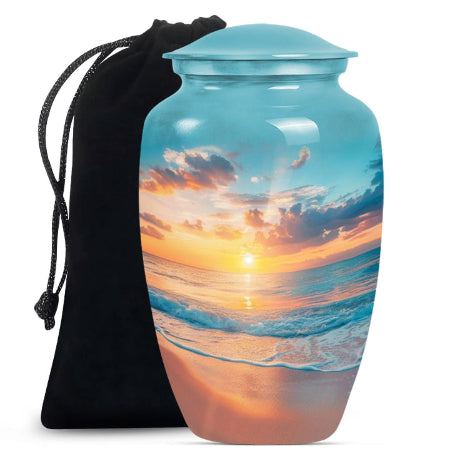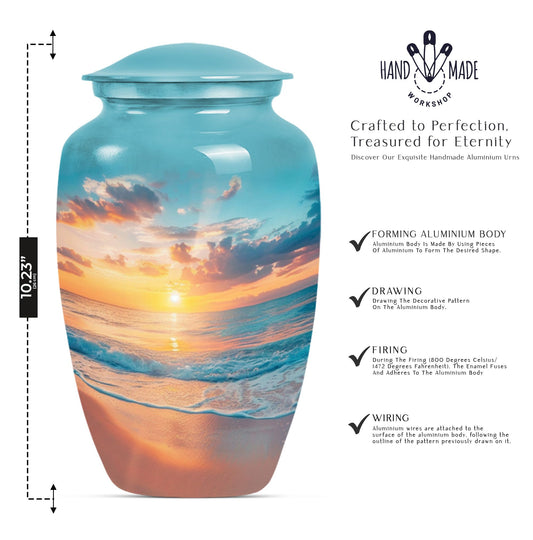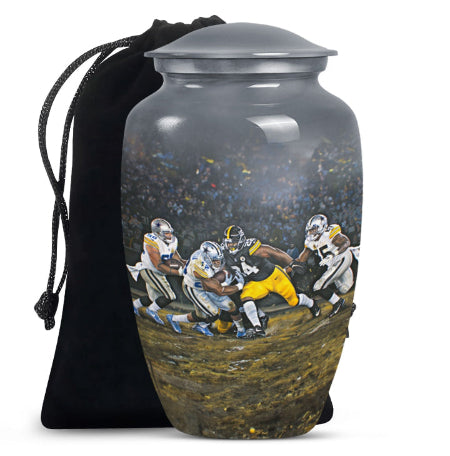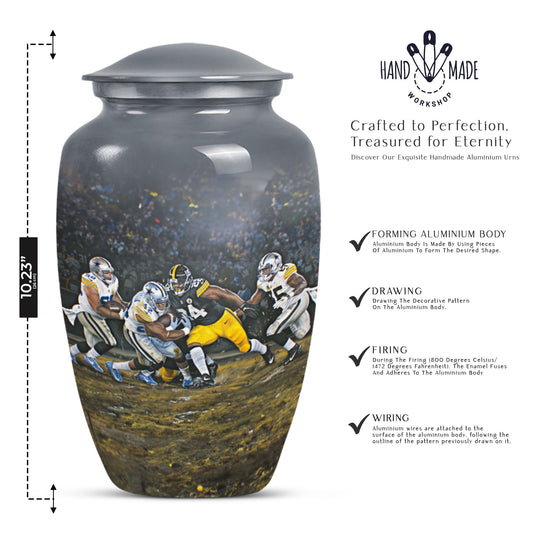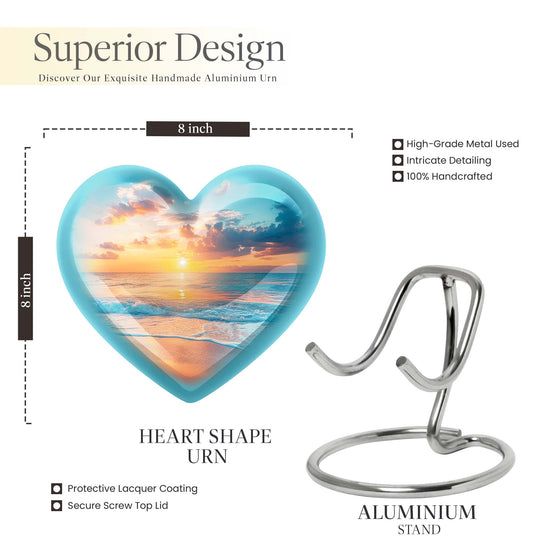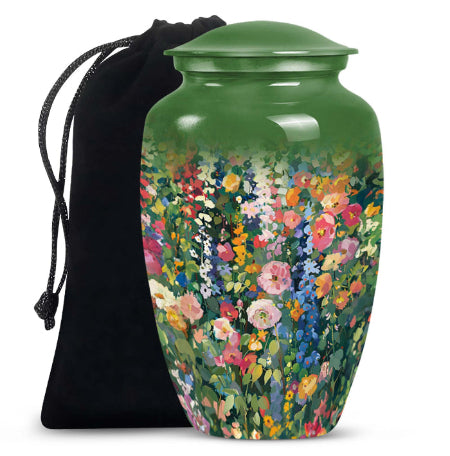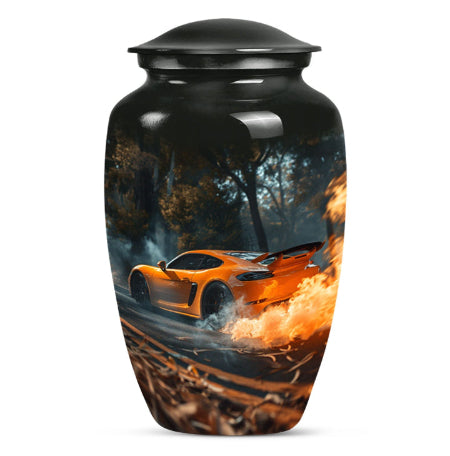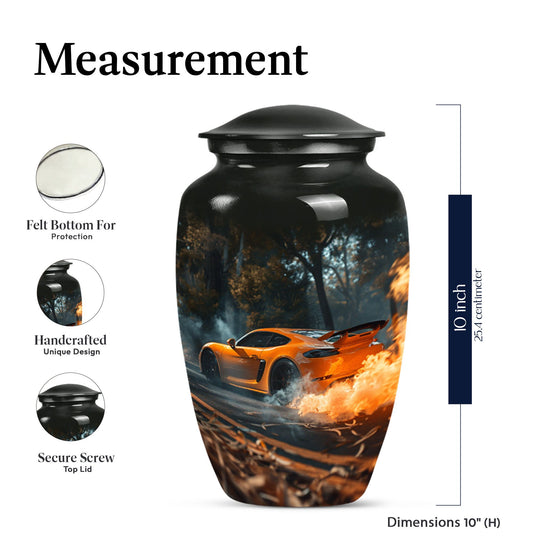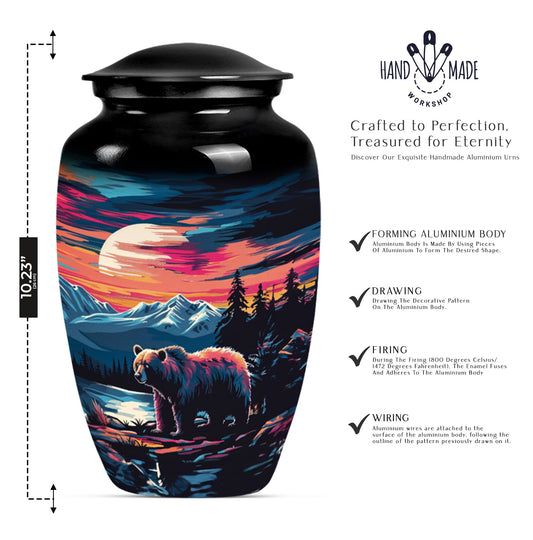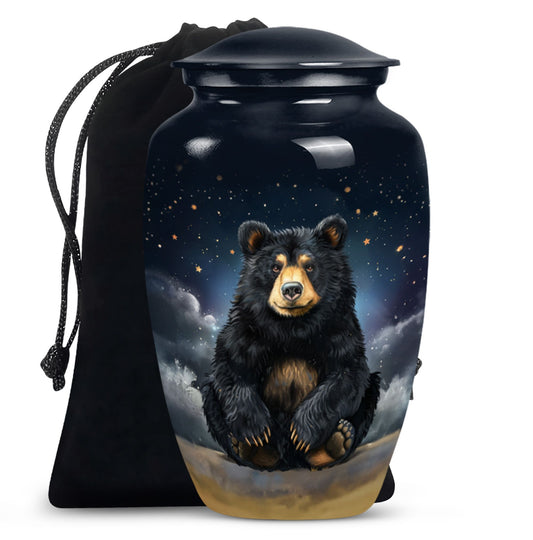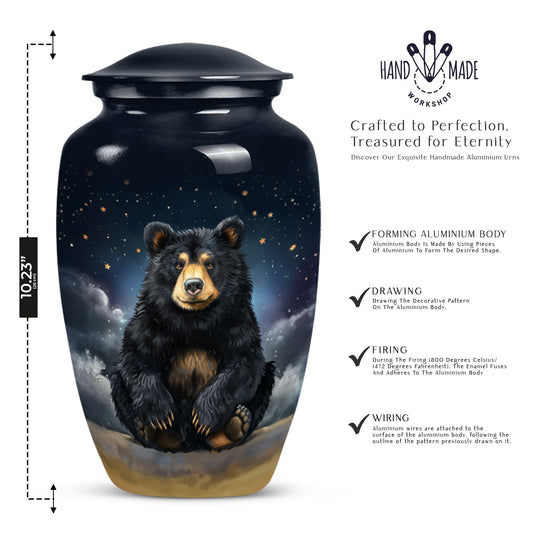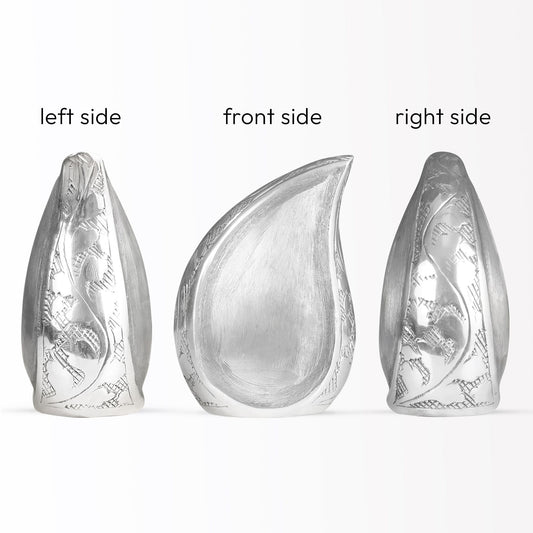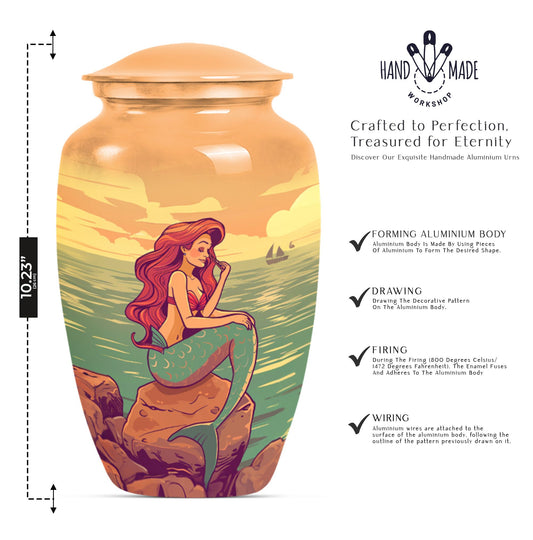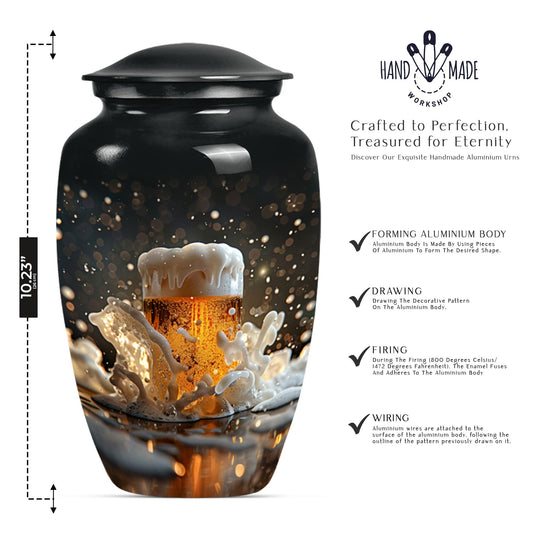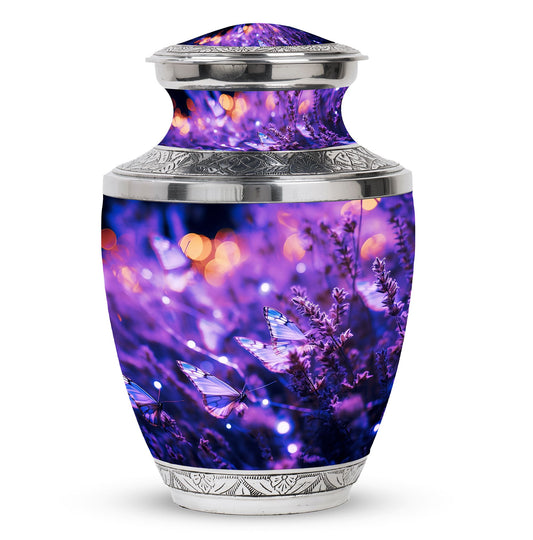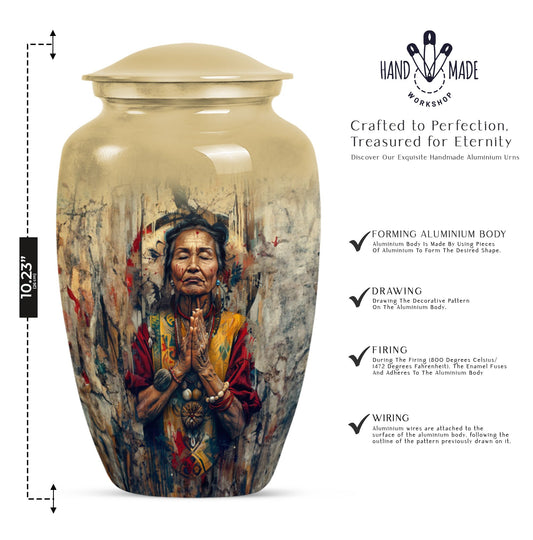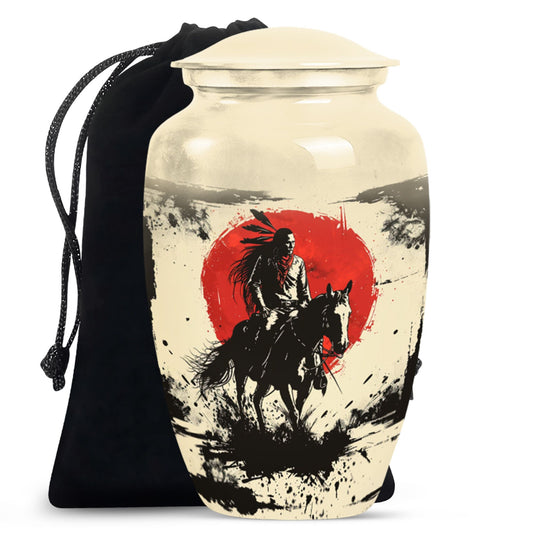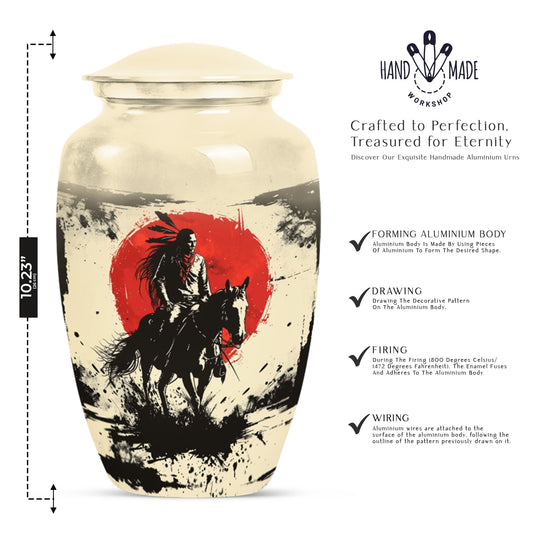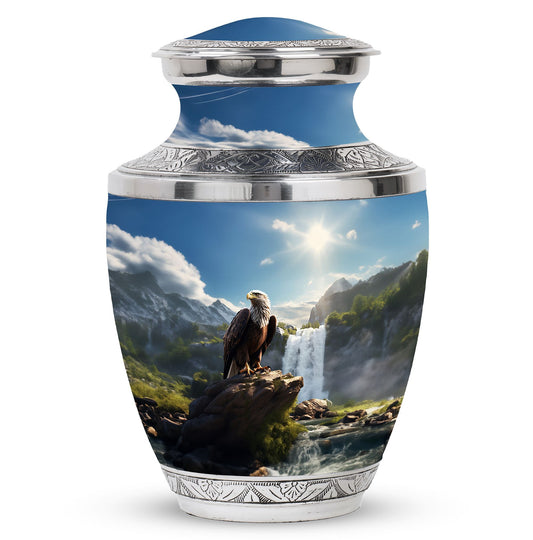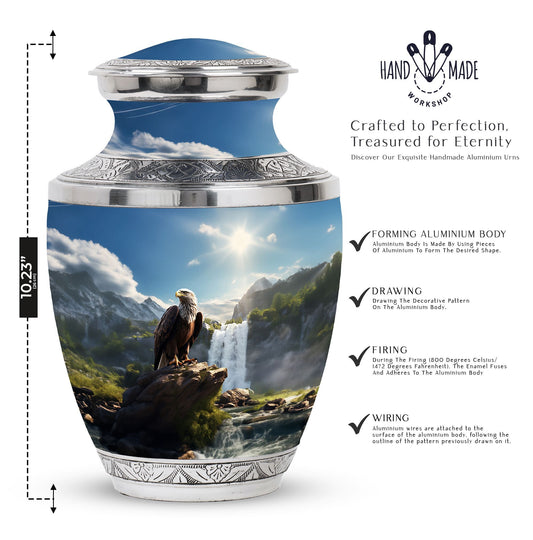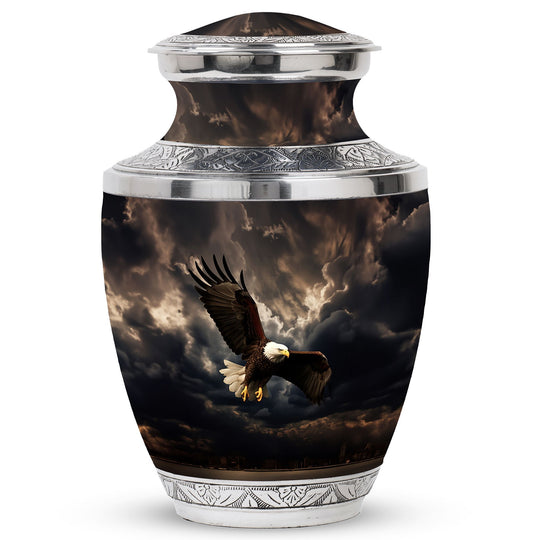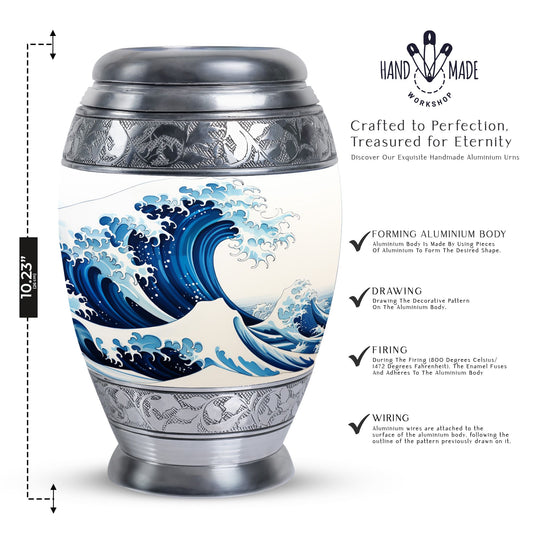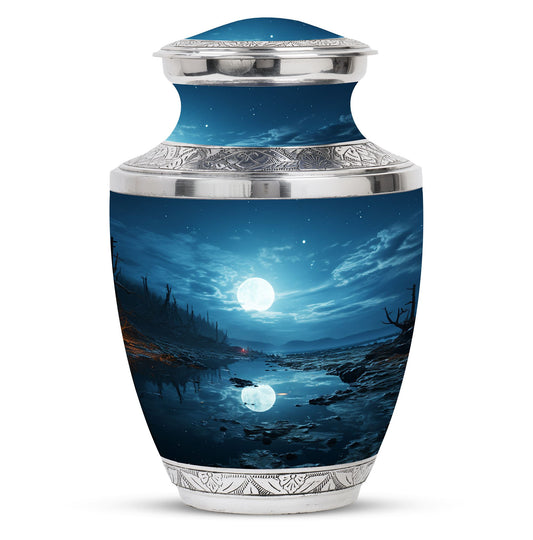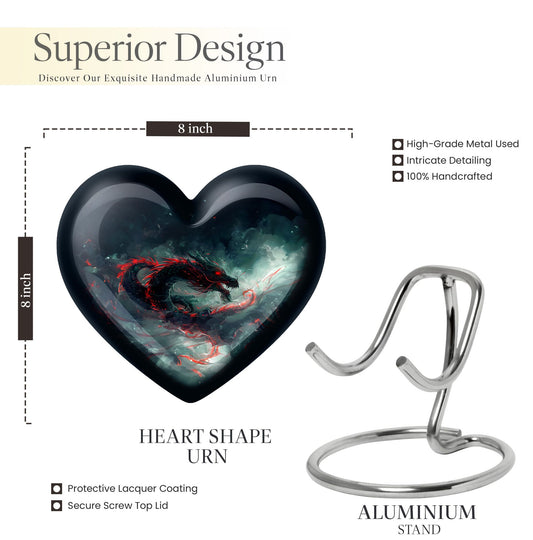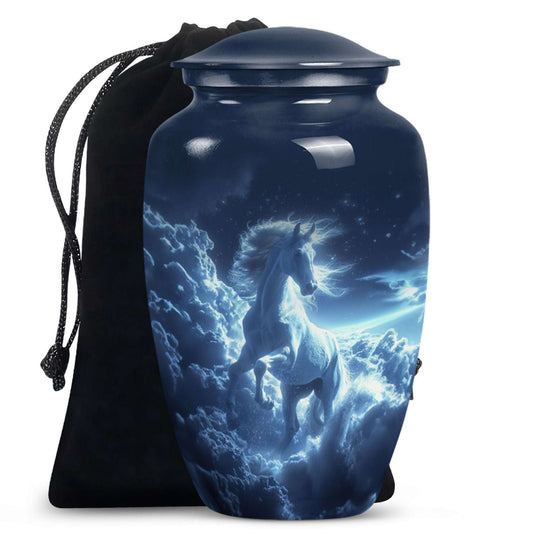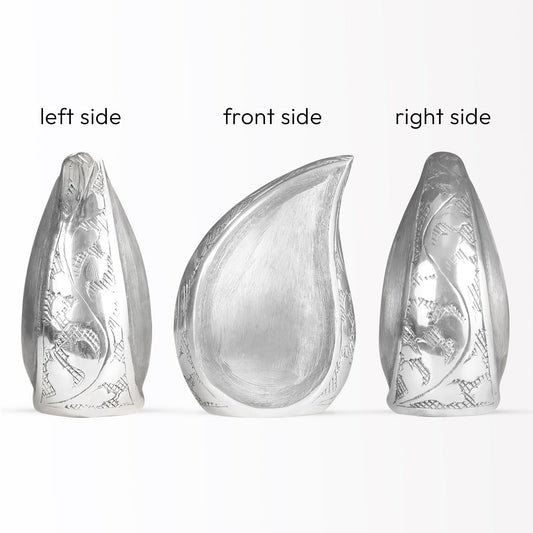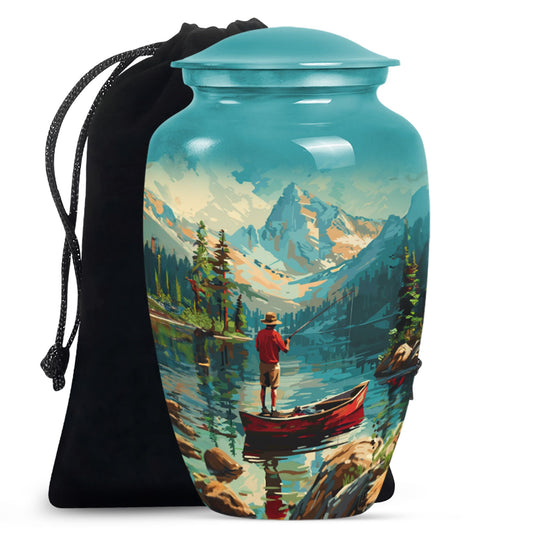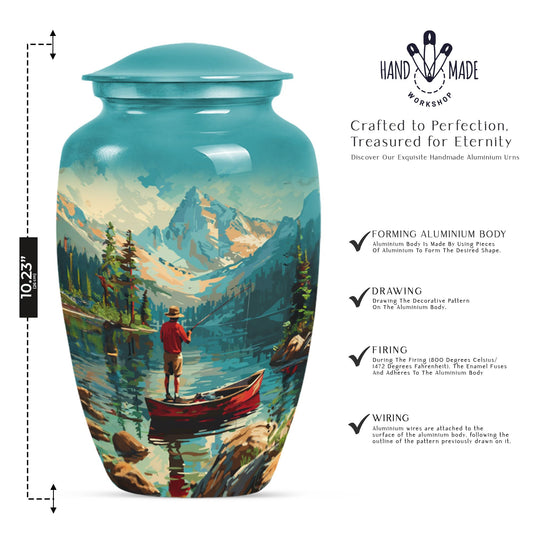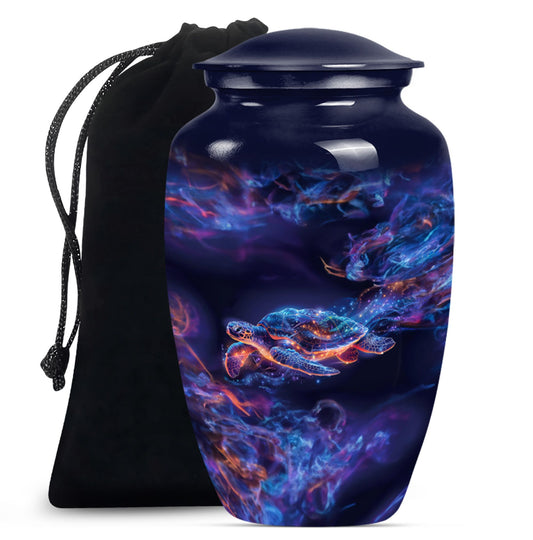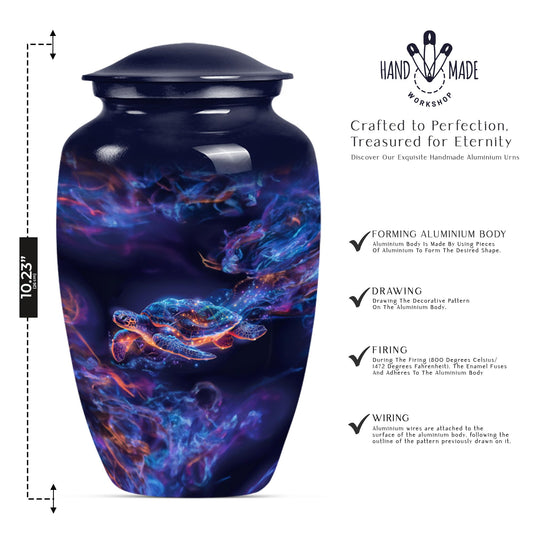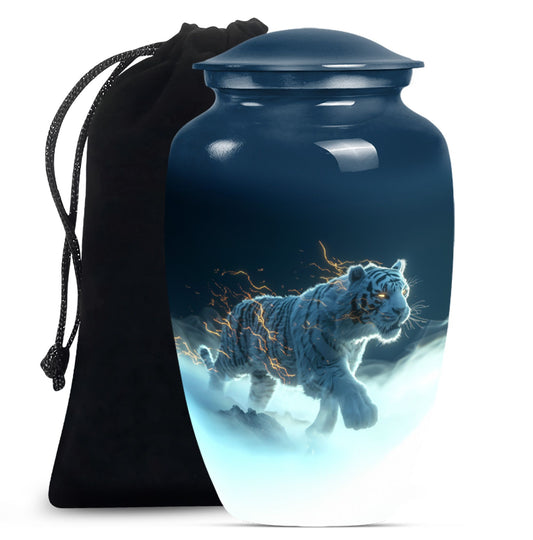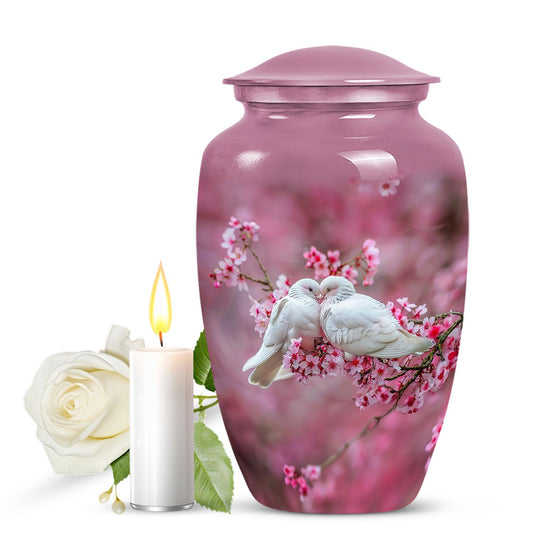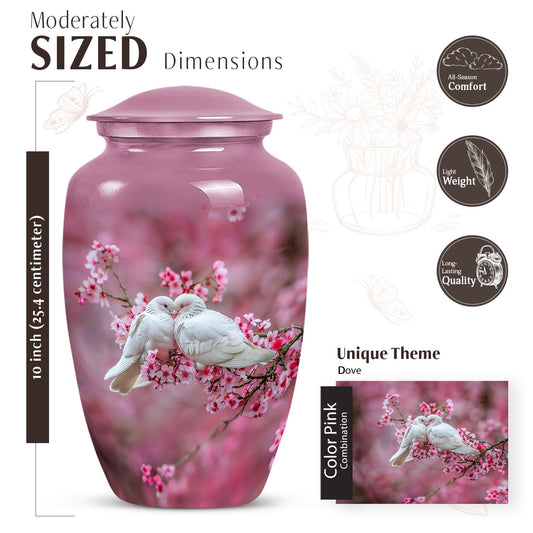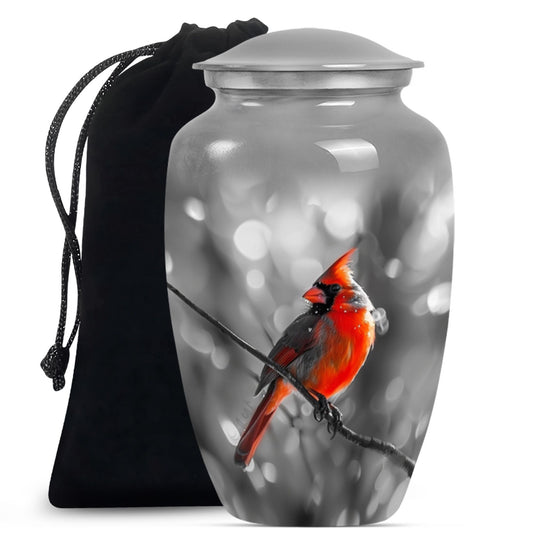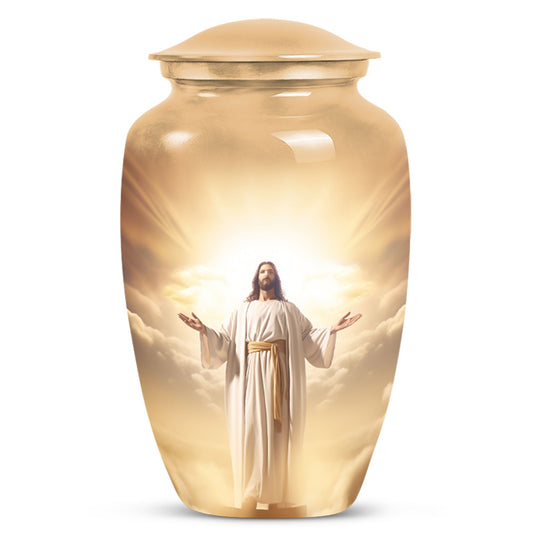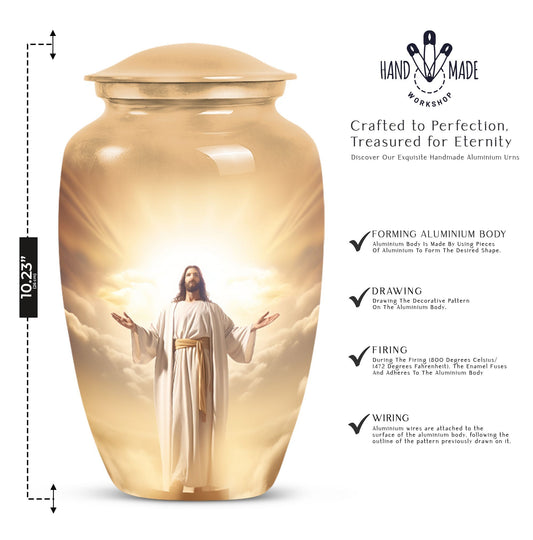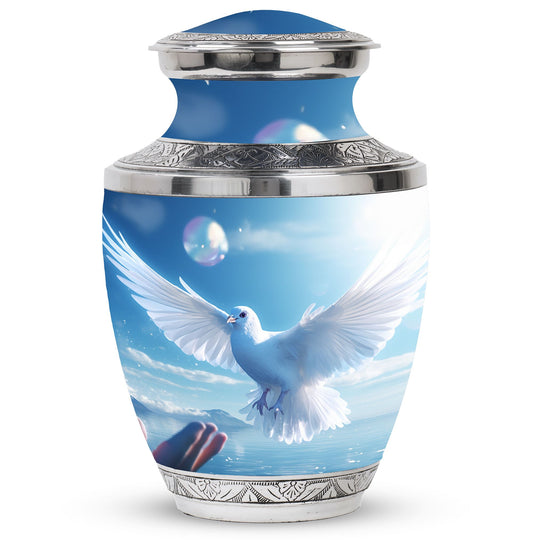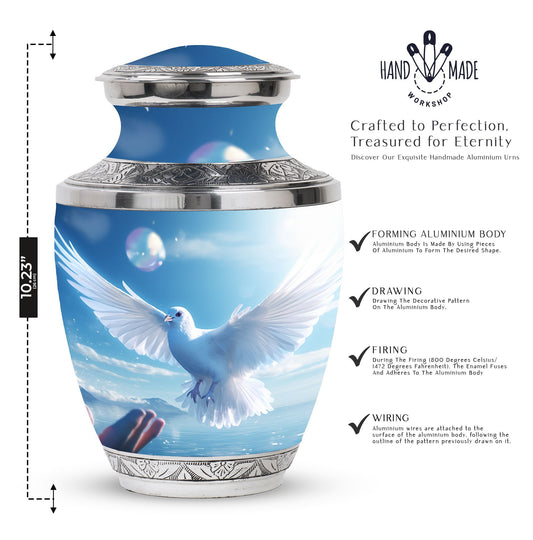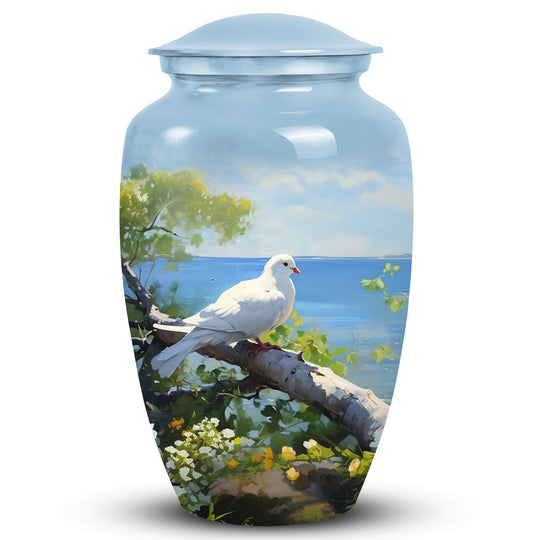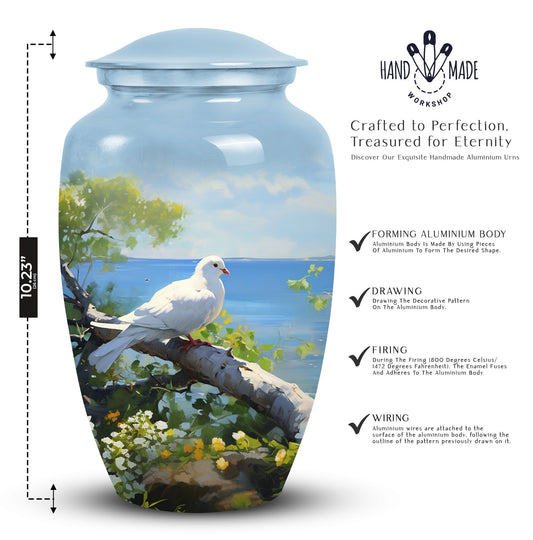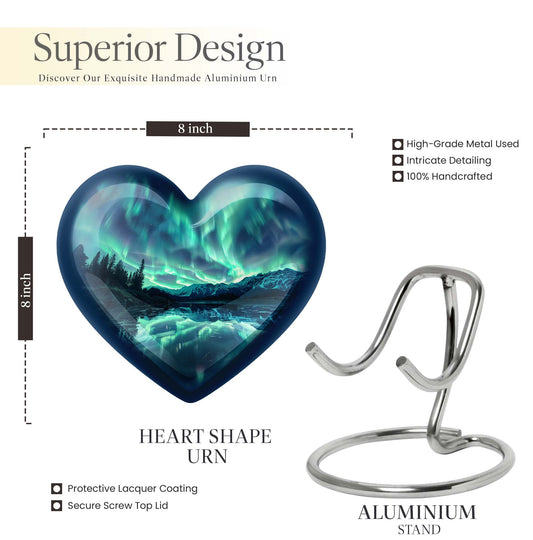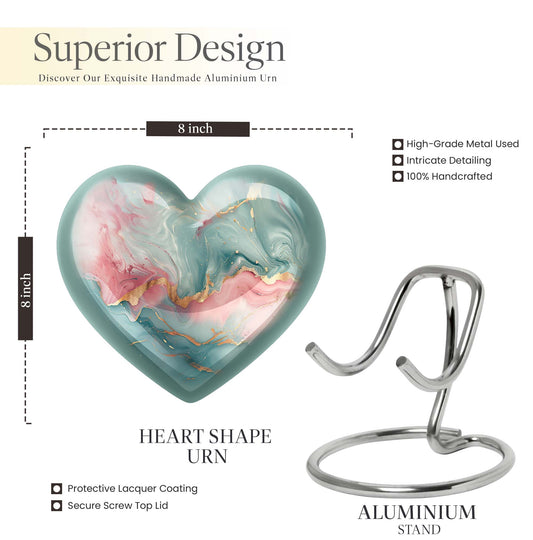Popular Urns
Various Types Of Funeral Traditions In US

Traditions and Customs of Funerals in the United States: A Cultural Perspective
The many funeral traditions that have evolved in the United States are amazingly diverse, including somber ceremonies, life celebrations, and memorial services-just to name a few. In fact, personal belief, cultural background, and geographical location really define the wide range of customs used today. Appreciation for these varied customs shows ways different communities give respect to their dead and work through the grieving process.
A look at some of the leading funeral traditions across the United States is presented here.
1. Christian Funerals:
Christian funerals in the U.S. have their deep roots in many denominations, all with their respective practices.

Catholic Funerals:
The wake is observed, followed by the funeral mass, and finally burial. The wake or viewing takes place some time before the mass to enable family and friends to pay their respects. It is a somber service, often in a church, where the emphasis is on eternal rest and salvation of the soul. Typically, the burials later take place in a cemetery with final rites and prayers from a priest.
Protestant Funerals:
These can be quite different, depending on the denomination. The common services often included are a church or funeral home service, hymns, eulogies, and a burial or cremation. Protestant services typically focus on the celebration of life of the loved one and their walk in faith.
Orthodox Christian Funerals:
These consist of several services: a vigil, a funeral service, and a graveside service. An Orthodox Christian would set up an Orthodox Christian funeral with the chanting of psalms and prayers, and religious icons often sit atop the casket.
2. Jewish Funerals

Traditions set up during a Jewish funeral are very simple and heavily dependent on the aspect of quorum and community support.
After burial, the family continues to mourn for a period of seven days following the death, known as shiva. During this time, the mourners' home is visited by those who desire to comfort and pay their respects to family and friends. Many traditions have customarily taken place during this period, such as the reciting of the Kaddish-a prayer for the deceased-and sitting on low stools as a witness to mourning.
Burial Activities: The burial in typical Jewish funerals is simple, an expensive or elaborately decorated casket need not be used since the body must return to the earth. The service may take place at a synagogue or at the cemetery. Mirrors are usually covered and celebratory occasions are also skipped when mourning.
3. Muslim Funerals

In the case of Muslims' funerary culture, the role of simplicity and adherence to religious dogma are major in the performance of rituals.
Janazah: It is the funeral service comprising a special prayer that must be said either at the mosque or at the funeral house. Then the body is washed and wrapped in a very plain shroud called 'kafan' to take it for burial into the cemetery. The direction of the body while putting it into the grave needs to be towards Mecca.
Mourning Period: Like the Islamic religion, bereavement periods are much shorter, but families commonly mourn for three days as the company consoles and comforts them.
4. Hindu Funerals

Hindu funerals reflect concern about the spiritual journey of the dead person and also the rite of passage for death.
Cremation is the most common practice and is believed to liberate the soul from the body. This normally takes place at a crematorium or along the side of a river. Accompanying events include the lighting of the funeral pyre, which is done by a close relative-usually the eldest son.
It follows that after the cremation, it is the collection of ashes and then dispersion into any holy river, such as Ganges, or at some other official pilgrimage site. The memorial service which is honored by the family for the deceased person to get blessings for the peace of their soul in the afterlife is called Shraddha.
5. Native American Funerals
The Native American funerals vary a great deal from tribe to tribe and are connected to any particular spirituality and ritual. Other cultural practices include burials with different ceremonies and dances, along with various offerings. The Navajo illustrate this with the "cradleboard" ritual of wrapping up the dead and placing them in a cradleboard prior to burial.
Community involvement also characterizes the Native American funeral, where spiritual leaders' participation and traditional songs and prayers are part of it. Such rituals reflect their deep attachment to nature and the spiritual world.
6. Secular and Non-Religious Funerals

Those with secular or non-religious views can make funerals very personalized in reflecting personal tastes and preferences rather than some religious dictation.
Celebration of Life: The basis of most secular funerals rests on the life and achievement of the deceased. The services can offer customized eulogies, visual or multi-media displays, and a less formal atmosphere compared to traditional religious services.
Memorial Services: These are sometimes held in non-religious settings, community centers, or outdoors, and have more emphasis on storytelling, music, and personal reflection compared to formal rituals.
Conclusion
The eclectic nature of the funeral practices across the United States is just another sign of lived topography within cultures and religious traditions found in this country. From those steeped in religious dogma to those merely steeped in personal preference, such rituals stand to acknowledge and remember loved ones meaningfully. These traditions are important to understand, as they foster respect for the many differences in practice and further enrich our appreciation of the many ways people find comfort and closure during times of loss.
ALSO READ:
Who has the Right to Ashes After Cremation


